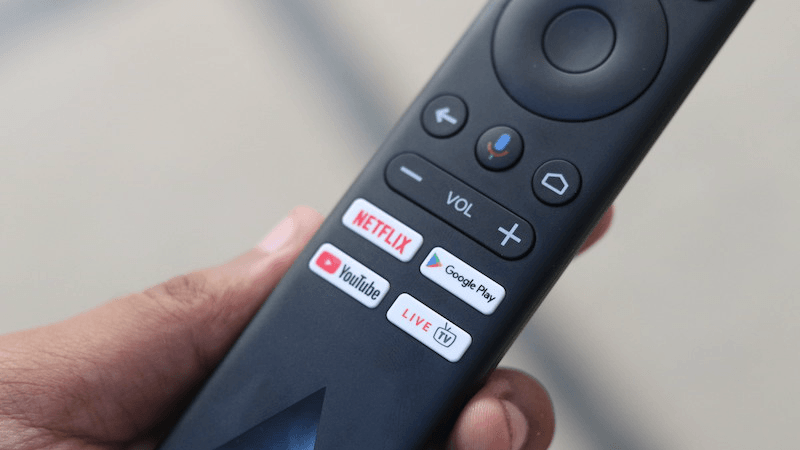Trai to First Look for Inconsistencies in New Tariff Regime The Trai chairman said that before making any move, the industry watchdog is looking at any aberrations if they exist in the current Trai tariff regime, before moving on to the rectification process. He further added, “Finetuning will require some data, and we don’t want to get into that on the basis of anecdotes, ARPU (average revenue per user), number of litigations, etc. We’re looking at this carefully and collecting data and will finetune (the regulation) at the right time.” To recall, Trai had introduced the new regulatory framework last year, which brought fair pricing into the industry for channels, thus pricing them individually. This allowed the DTH and Cable TV subscribers to pay only for the channels they watch and with transparency. After a few extensions and a long migration process of the subscribers to the new tariff regime, the rules finally went onto be implemented on February 1 this year. New Tariff Regime Reduces Bills for Some Increases Rentals for Others The new rule mandated that a channel cannot be priced more than Rs 19 if it is part of channel bouquet. There is, however, no cap on pricing in case the channel is not part of a bouquet and is a designated premium channel. Further, there has also been no limit placed on how much discount a service provider can offer on the sum of the maximum retail price (MRP) of all the channels in a pack. Now although the system has lowered the prices for subscribers who watch a limited number of channels and have only selected them, for others the system has proven to be complicated and has even led to a higher monthly rental. During the initial days of the rollout of the new tariff regime, many subscribers complained that the implementation had increased their TV bills. Sharma said about this, “So, in some places, it (price) has reduced, some places, gone up. We don’t have an all-India figure, but that stat won’t have much meaning because it is still early days.” Recently, Ministry of Information and Broadcasting had also said in Lok Sabha that the new tariff implementation has led to the reduction of TV bills by 10-15% in the urban regions and up to 5-10% in the non-urban regions, in addition to a few cases where the subscribers witnessed an increase in prices. Sharma also added that Trai is getting systems checked and it has also set up a panel of assessors and an audit manual to offer consumer empowerment and choice.
